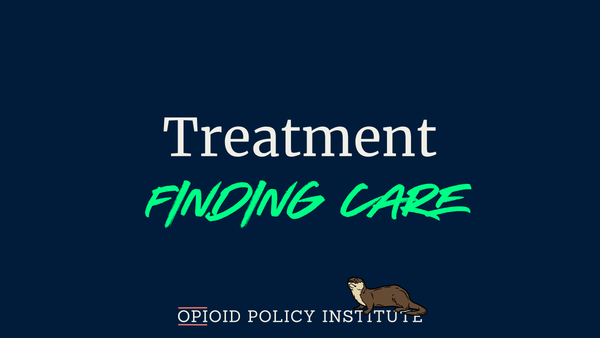Cell-NO! 📵
Another spooky WFAM - Waste of the Week

Quick WFAM Project Updates (10.8.25)
- Our database is at 353 WFAM examples
- 📈 +96 WFAM examples since last post
- Current WFAM Total: ~$25.4mil
- 📈 +$2mil since last post
Cell-NO (or cell phone extraction tools)
Today, we're calling out spending opioid settlement money on Cellebrite and other mobile device forensic extraction tools (MDFTs):
Mobile device forensic extraction tools (+$389k)
2025 EOY UPDATE: +$426,609
- Vendors: Cellebrite, GrayShift, Magnet Forensics, and Nighthawk
- Where: West Virginia, New York, Minnesota, Connecticut, Colorado*
- Initial Spending: Device + subscription, training
- Long-term Costs: Maintenance, replacements, training, upgrades, subscription fees
- Considerations:
- As always, the purchasing process may have issues: Was there an open bidding process for these devices? How was the specific model evaluated for the stated purpose? What contact was there between the company and the government? These questions could generate other concerns and are worth investigating.
- The decision-making process might have issues: Was the public notified about this purchase? Who was consulted before the purchase? Who approved the purchase?
- The stated outcomes might have issues: What are the metrics that law enforcement provided to decision makers to evaluate whether this spending is a “success?” Is there data or research showing that MDFTs reduce overdose deaths or improve access to treatment? If not, why would opioid settlement money go towards MDFTs?
- The implementation might have issues: How are the MDFTs going to be used? Will they respect privacy and civil liberties, or disproportionately target marginalized communities? What safeguards are in place?
- The legacy of these decisions might have a long tail: How were ongoing costs, including litigation risks, factored into the decision-making process?
Good Spending Alternatives:
- Integrated care: Support programs that combine addiction treatment with primary care, mental health, and pain management, particularly in rural regions where behavioral health specialists are scarce. Integrated care models have been shown to improve treatment retention and reduce overdose deaths. Funds can be used to start new clinics, expand existing clinics, and deploy mobile units that provide harm reduction and treatment services to underserved populations.
- Housing: Invest in recovery housing and supportive housing for people leaving treatment or incarceration. Stable, supportive housing for people with substance use disorders decreases emergency department visits and recidivism, and the National Academies identifies housing as a critical factor for sustained recovery. Recovery housing must allow for medications for opioid use disorder (MOUD).
From our standpoint, no surveillance tool like MDFTs can address a community's need for addiction prevention, harm reduction, treatment, and recovery supports. Therefore, anytime we see spending like this, it's going to end up on our database as WASTE.





